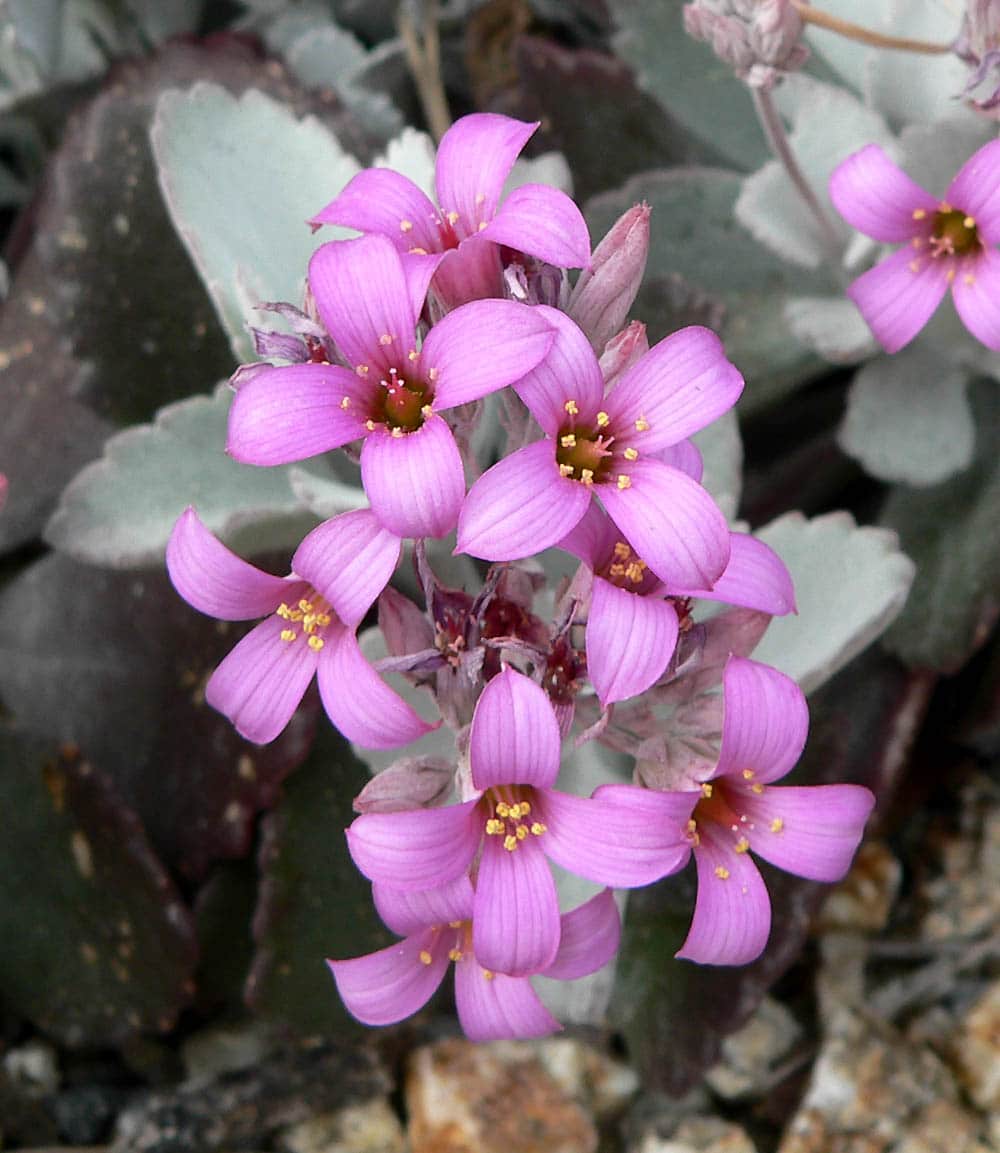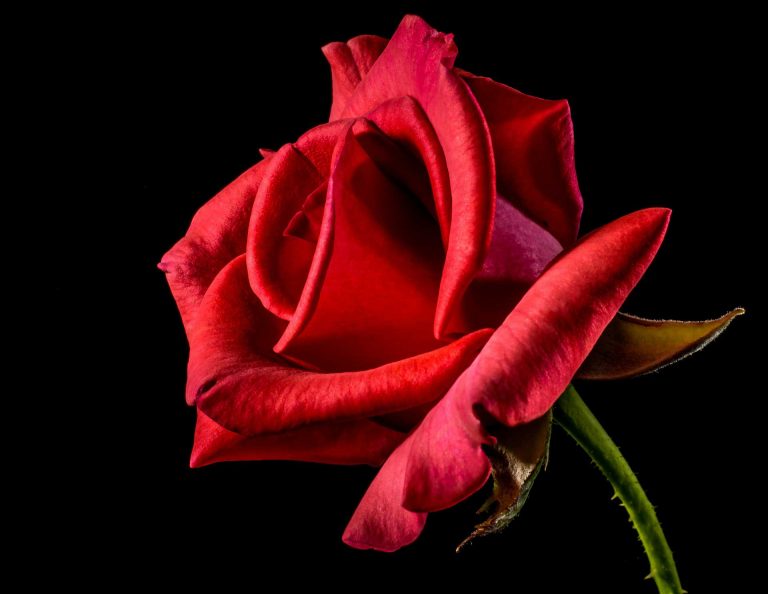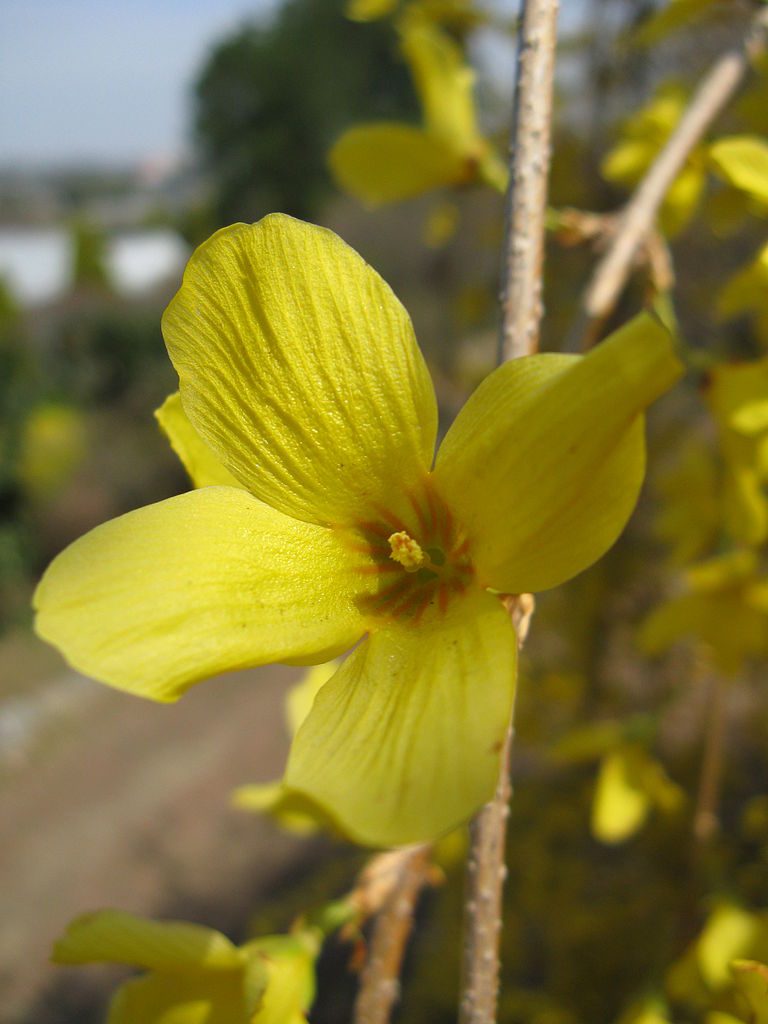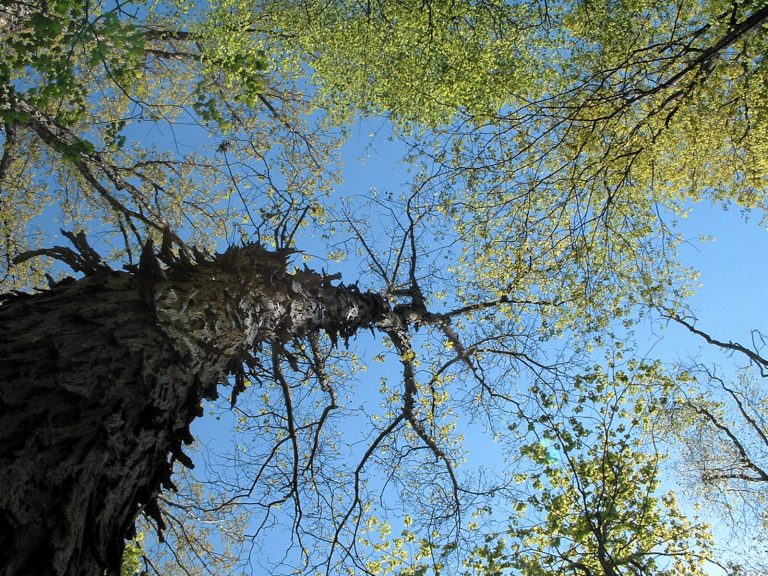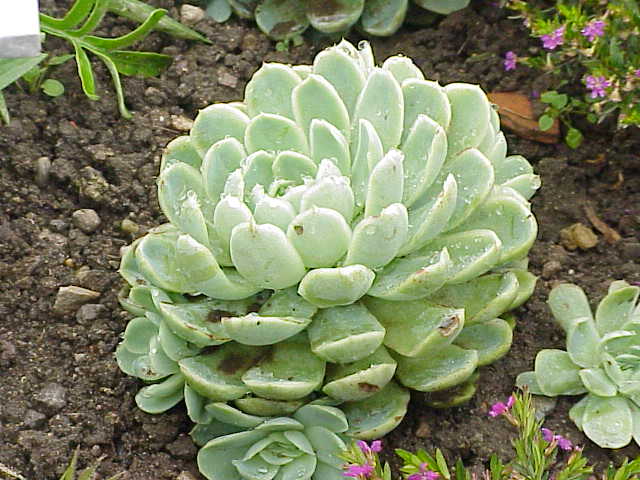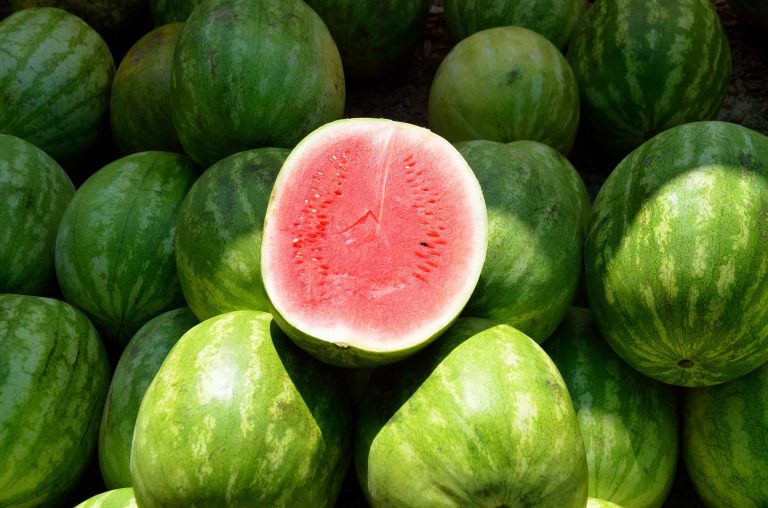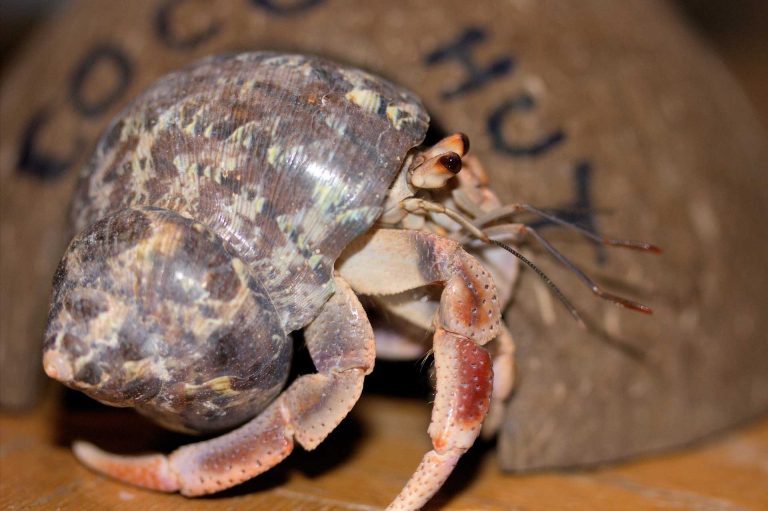Kalanchoe – In Honor of Botanist Michael Adanson Who First Described the Genus
Scientific Classification
| Kingdom: | Plantae |
| (unranked): | Angiosperms |
| (unranked): | Eudicots |
| (unranked): | Core Eudicots |
| Order: | Saxifragales |
| Family: | Crassulaceae |
| Genus: | Kalanchoe |
Kalanchoe belongs to a variety comprising of 125 genuses of the juicy flowering tropical plants of the Crassulaceae family and inhabit the old world (Europe, Asia and Africa), out of which just one came from the Americas, 56 from Eastern and Southern parts of South Africa, 60 of them from Madagascar. The other places where you can find these genuses are in the southeast part of China and Asia. Michael Adanson, a botanist in 1763 was the first to describe this genus. The Red Pierrot butterfly usually lays its eggs on the Kalanchoe leaves and after they hatch, the caterpillars eat these leaves from the inside.
Anatomy
The majority of this genus manifests as either shrubs or perennial herbs. The rest is biennial or annual. The tallest “Kalanchoe beharensis” inhabitant of Madagascar, is six meters (20 feet) high, but the others are little less than a meter (3 feet) tall.
The special features of Kalanchoe are that they bloom by the growth of new cells within the inner surface of their petals thus compelling to open outwards, the cells that grow on the outer side of the petals, compels them to close.
How to Cultivate Domestically?
Preparation for Planting
Kalanchoe flowering plants favor locations with brilliant sunlight, particularly during their growth during the summer season. Choose a window facing southwards during winter.
Planting
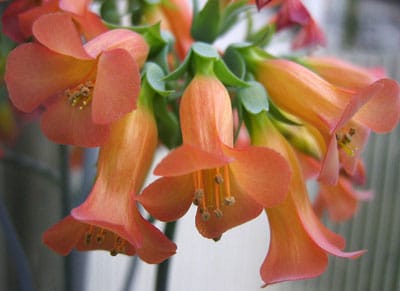
Photo by: Das Nili
Kalanchoe plants prefer being isolated in tiny pots. In spite of that, the bigger the pot is, the bigger are its leaves. The pot size does not affect the growth rate and blooming. Refrain from planting other plants along with Kalanchoe in the same pot. Replace the new soil and repot the plants. The growth of Kalanchoe is slow, their normal height is from 15 to 45 cm. When the plants grow, and their stems grow woody, these plants need enough sunlight to grow. In case the sunlight is sufficient, the leaves generate a lovely reddish border. Do not permit the sunlight to directly strike the plants, since the leaves that contain much water gets burnt by the sun. Normally, from fall up to the beginning of spring direct sunshine does not affect your plants.
Placement and Watering
Establish your growing Kalanchoe where the bright sun of the morning will beat on them, and where the shade will protect it from the scorching heat of the noon sun. When the flowers fade, remove them and keep your Kalanchoe in a partial dark place where they receive less than 10 hours of clear sunlight in a day. During summer water the plants regularly and in winter water them partially. Allow the surface of the soil to filter out the water, and make sure that you allow intermittent drying and watering. Take care not to let the plant dry up and die in winter.
Flowering Period
In spring, the flowers have a natural blooming. Professional plant lovers see that their flowers do bloom all through the year (Kalanchoe are short-day plant). The Kalanchoe blooms in colors of yellow, red, white and pink.
After-Bloom Care
Mostly we come across people throwing out the plants once blooming ceases, but you need not do so, just shear off the head of the flower, retain the plant in the soil with less water, and continue nurturing it.
As Cut Flowers
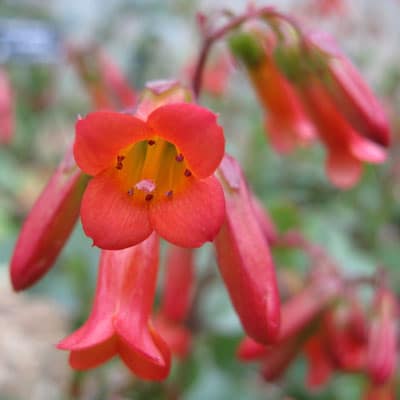
Photo by: KENPEI
It is a common practice to present Kalanchoe in a collection of gift flowers. Thus when the blooms begin to wither away, cut off the flowers and allow the plant to remain as such. Following the cutting of the flowers, reduce the quantity of water to the plants since at this time they require less water.

Having discovered a fondness for insects while pursuing her degree in Biology, Randi Jones was quite bugged to know that people usually dismissed these little creatures as “creepy-crawlies”.

